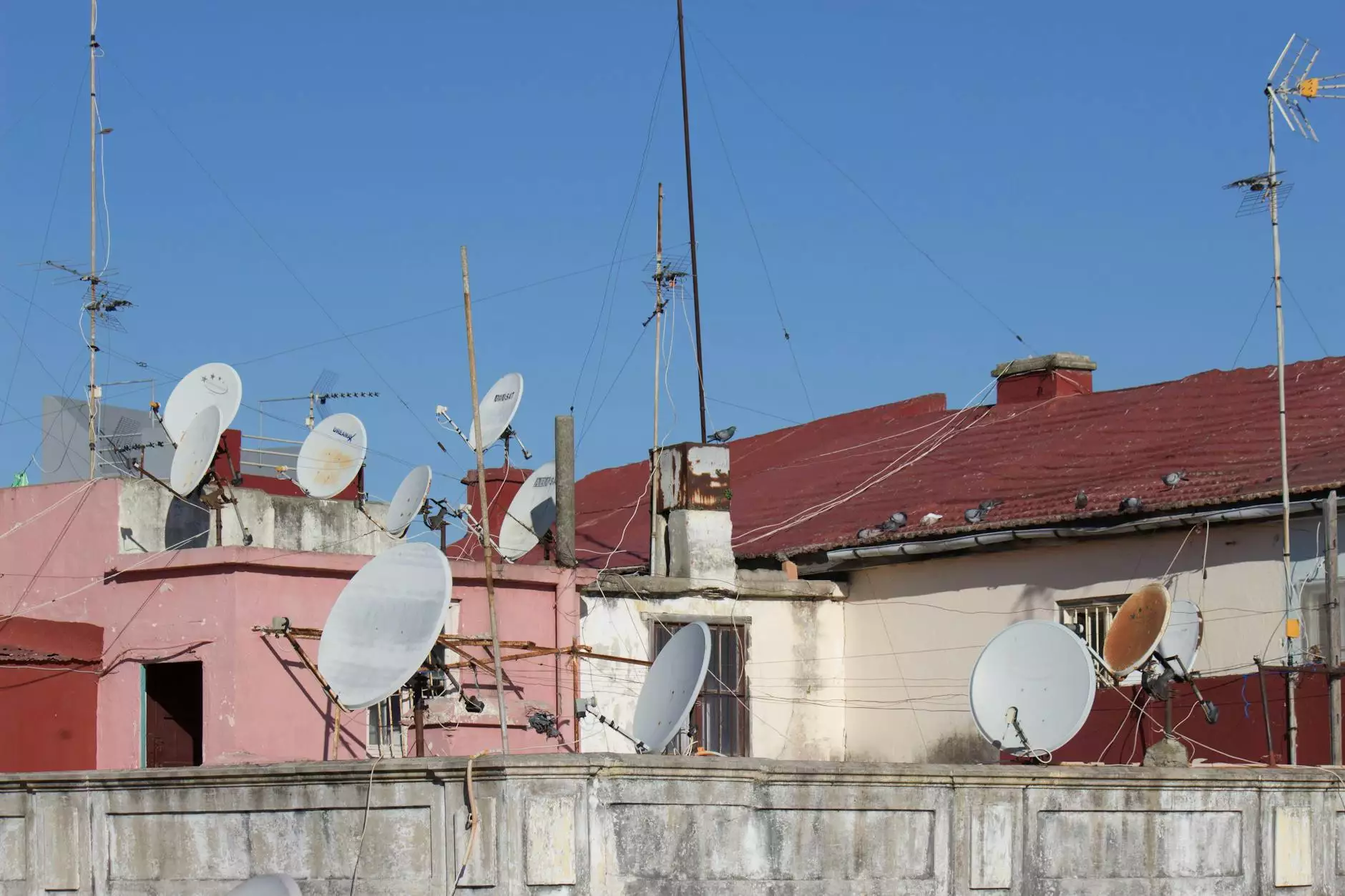Learn How to Build a Strong WiFi Network

Welcome to All American Technologies, your trusted source for all your networking needs. In this guide, we will provide you with comprehensive instructions and expert tips on how to build a strong WiFi network for your home or office. A strong and reliable WiFi network plays a crucial role in today's connected world, enabling you to enjoy seamless internet access and connectivity throughout your space.
Importance of a Strong WiFi Network
In an era dominated by smart devices, having a reliable and fast WiFi network is essential. Whether you're streaming your favorite movies, conducting business meetings, or simply browsing the internet, a strong WiFi connection ensures uninterrupted and smooth performance. A weak or unreliable WiFi network can lead to frustration, slow internet speeds, and dropped connections, negatively impacting your productivity and overall experience.
1. Choosing the Right WiFi Router
The first step in building a strong WiFi network is selecting the right router. At All American Technologies, we offer a wide range of high-quality routers that cater to different needs and budgets. When choosing a router, consider factors such as the coverage area, compatibility with your devices, data transfer speeds, and security features.
1.1 Coverage Area
The coverage area of your router determines how far the WiFi signal can reach. If you have a larger home or office space, opt for a router with a broader coverage area to ensure a strong and stable connection in every corner.
1.2 Compatibility
Ensure that the router you choose is compatible with your devices. Look for routers that support the latest WiFi standards (e.g., 802.11ac) to take full advantage of faster speeds and improved performance.
1.3 Data Transfer Speeds
Consider the data transfer speeds offered by the router. Higher speeds allow for faster downloads, smoother streaming, and better overall performance. Look for routers with Gigabit Ethernet ports to accommodate high-speed internet plans.
1.4 Security Features
Your WiFi network's security is of utmost importance. Opt for routers that offer robust security features such as WPA2 encryption, firewall protection, and guest networks. These features will help safeguard your network against unauthorized access and potential cyber threats.
2. Optimizing WiFi Placement
The placement of your WiFi router plays a significant role in maximizing its coverage and performance. Follow these tips to optimize the placement:
2.1 Central Location
Place your WiFi router in a central location within your home or office. This allows for better signal distribution and coverage throughout the space. Avoid placing the router near obstructions like walls, metal objects, or other electronic devices that may interfere with the signal.
2.2 Elevated Position
For better coverage, consider mounting the router on a high shelf or wall. An elevated position helps to minimize obstructions and provides a wider coverage area.
2.3 Avoid Interference
Avoid placing the router near devices that operate on similar frequencies, such as cordless phones or microwave ovens. Such devices can interfere with your WiFi signal and degrade performance. Additionally, ensure that neighboring WiFi networks are broadcasting on different channels to minimize interference.
3. Strengthening WiFi Signal
If you notice weak WiFi signals in certain areas of your home or office, consider implementing these techniques to strengthen the signal:
3.1 WiFi Range Extenders
WiFi range extenders, also known as repeaters, can help amplify and extend the coverage area of your WiFi network. These devices receive the existing WiFi signal and retransmit it, effectively expanding the network's reach.
3.2 WiFi Mesh Systems
A WiFi mesh system consists of multiple access points strategically placed throughout your space to create a unified and robust network. This solution provides seamless connectivity and eliminates dead zones.
3.3 WiFi Antennas
Consider upgrading your router's antennas to high-gain or directional antennas. These antennas can improve signal strength and focus the WiFi coverage in specific areas.
4. Securing Your WiFi Network
Securing your WiFi network is essential to protect your data and prevent unauthorized access. Follow these steps to enhance the security of your network:
4.1 Change the Default Password
Always change the default password of your router's admin interface. Create a strong password using a combination of letters, numbers, and special characters.
4.2 Enable Network Encryption
Enable WPA2 (WiFi Protected Access 2) encryption on your WiFi network. This encryption standard provides a higher level of security and prevents unauthorized users from accessing your network.
4.3 Disable SSID Broadcasting
By disabling the broadcasting of your network's SSID (Service Set Identifier), you make it less visible to potential intruders. Remember to manually connect to your network after disabling SSID broadcasting.
5. Regularly Update Firmware
Regularly updating your router's firmware is crucial to ensure optimal performance and security. Manufacturers often release firmware updates that address bugs, vulnerabilities, and provide performance enhancements. Check your router's manufacturer website for the latest firmware and update instructions.
Conclusion
Building a strong WiFi network for your home or office is now within your reach. By choosing the right router, optimizing its placement, strengthening the signal, securing the network, and regularly updating firmware, you can ensure a reliable and high-performance WiFi experience. At All American Technologies, we are dedicated to providing you with the best networking solutions to meet your specific needs. Follow our expert advice and enjoy a strong WiFi network that enhances your connected lifestyle.










